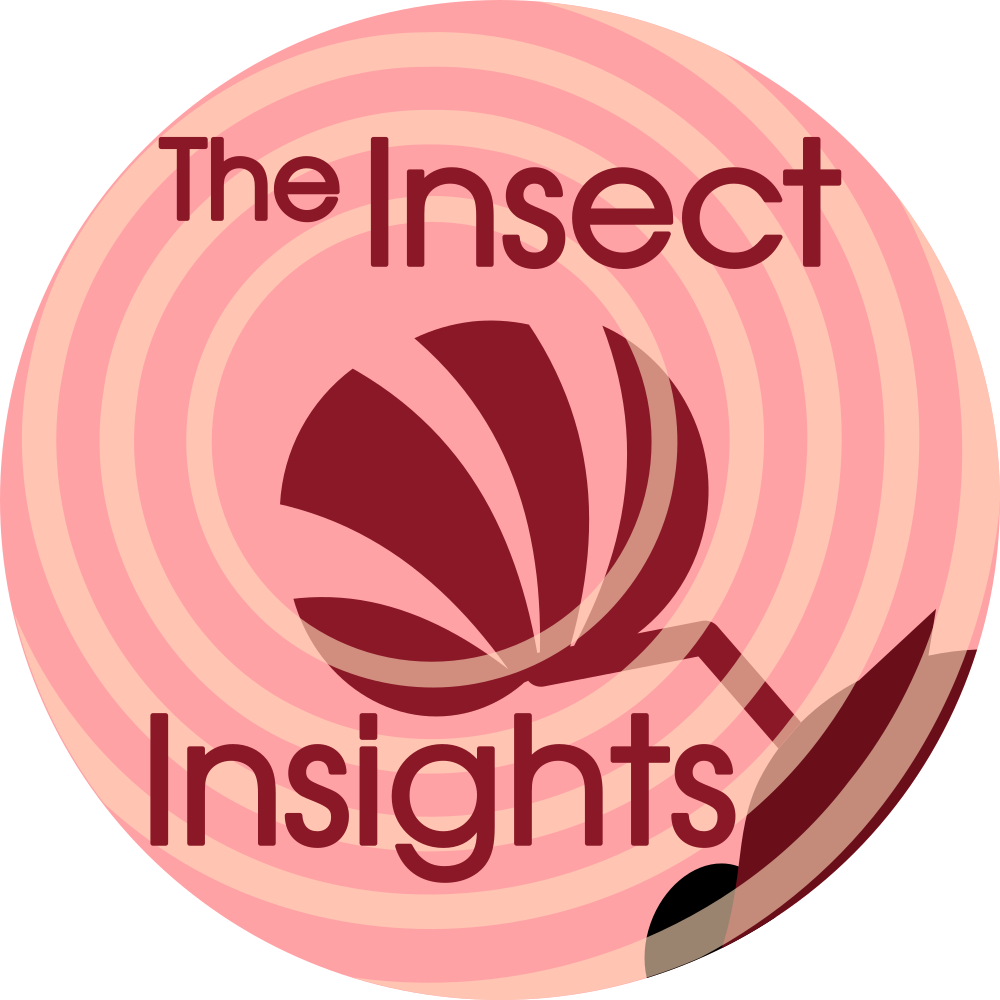
Transcript
Picture yourself standing on a vast plateau, spreading further than you can see. A daisy flower. You are a miniature animal, not even a millimeter long, not even half that. You are a minute insect larva, the spawn of a Strepsipteran parasite, and you are as small as it gets, as small as possible.
[summer prairie soundscape fades in]
Hi and welcome to the Insect Insights, chill insect stories to relax and wonder, available wherever podcasts are. If you like this podcast, you can subscribe, leave a review and even an insect question, on spotify or on the website. I am Max, your host, and I hope you are ready to dive into insect knowledge for another insight!
The flower you perch on is bigger than you can see. You are barely the size of ten grains of pollen aligned after each other, little larva. Such a compact morphology, devoted to your one current goal: hitch-hiking.
You are the first instar larva of a twisted-wing parasite, Strepsiptera. In short, it means you have to do all of the leg work of your life, in order to find a host to parasitize. That specific task, and the following parasitic lifestyle, shaped your morphology across the last two hundred millions of years.
You became so small that you can basically smuggle yourself in grains of pollen, hiding in the middle of the clumps they form for bees to pick you up and carry you away. How practical!
But many different bees come and go from a flower. You can’t simply be picked by any one of them. You are looking for your one true host, a mining bee. And more importantly, you want to hop on a mature bee, one that will carry you to the nest it is building, where you can get cozy inside one of its larvae.
Being picky comes with a cost, like any decision making: the cost of developing and maintaining a functional brain. When you are as small as you are, this is not a light task. Brains are composed of many cells, and cells can only get so small. In the end, after cutting every possible corner and making everything as small as possible, you did find a smart solution to this conundrum: your brain is simply much bigger than your head, and most of it fits in the rest of your body.
Well, sure, you don’t really have organs to feed yourself. No space for this. But you have a brain making you capable of the prowess of decision making, while being less than 200µm long. And that’s something.
You will feed later, once the current task has been dealt with! For this, you just have to go through a metamorphosis, after you find the perfect host. But that’s a story for another insight.
Sources
Balzer, Z. S., & Davis, A. R. (2019). Adaptive morphology of the host-seeking first-instar larva of Stylops advarians Pierce (Strepsiptera, Stylopidae), a parasite of Andrena milwaukeensis Graenicher (Hymenoptera, Andrenidae). Arthropod Structure & Development, 52, 100881. https://doi.org/10.1016/j.asd.2019.100881
Beutel, R. G., Pohl, H., & Hünefeld, F. (2005). Strepsipteran brains and effects of miniaturization (Insecta). Arthropod Structure & Development, 34(3), 301–313. https://doi.org/10.1016/j.asd.2005.03.001
Osswald, J., Pohl, H., & Beutel, R. G. (2010). Extremely miniaturised and highly complex: The thoracic morphology of the first instar larva of Mengenilla chobauti (Insecta, Strepsiptera). Arthropod Structure & Development, 39(4), 287–304. https://doi.org/10.1016/j.asd.2009.10.005


